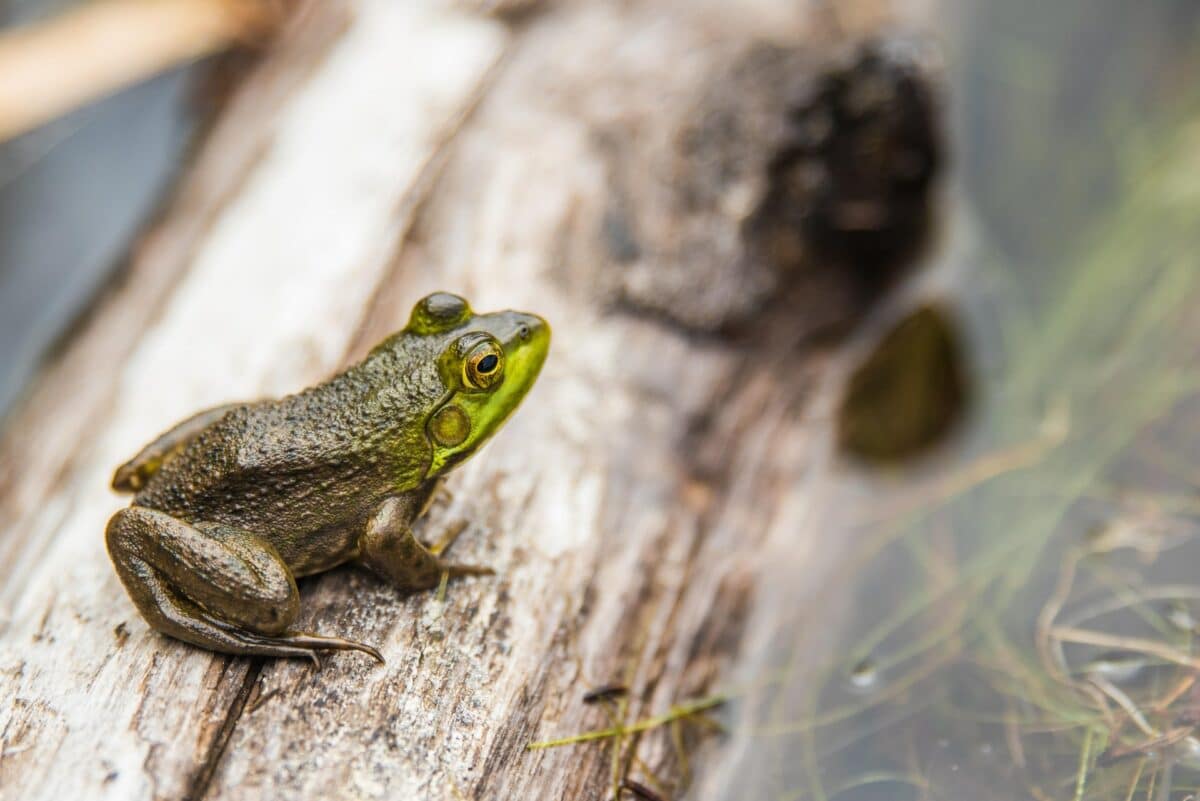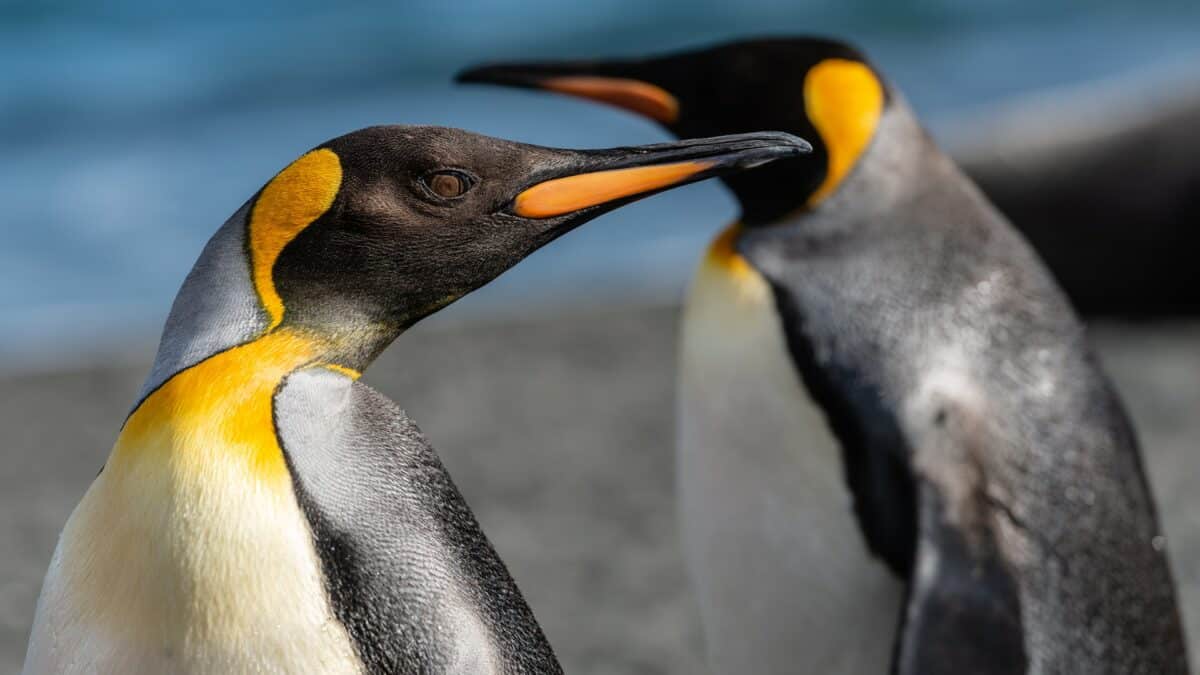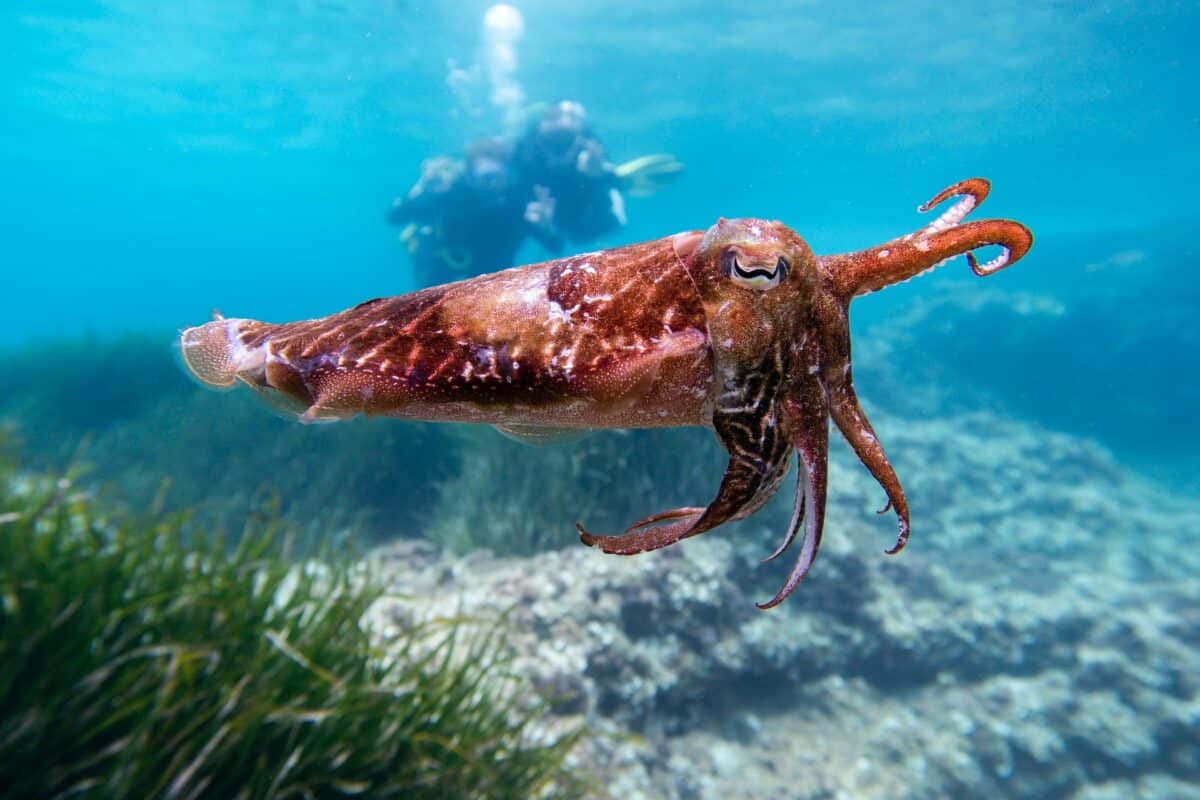
Animals across the globe exhibit remarkable adaptations to cope with extreme environments, showcasing their resilience and ingenuity. These adaptations can be physiological, behavioral, or morphological, enabling survival in conditions ranging from scorching deserts to freezing polar regions.
Physiological Adaptations

Physiological adaptations involve internal adjustments that help animals regulate their body functions in extreme climates. For instance, desert animals like camels develop specialized kidneys that conserve water, allowing them to survive for extended periods without drinking. They produce highly concentrated urine and have nasal passages that trap moisture from exhaled air, minimizing water loss[4]. Similarly, Arctic species, such as the emperor penguin, have thick layers of fat and blubber to provide insulation against subzero temperatures[1][3].
Wood frogs are a fascinating example of physiological adaptation, as they endure the harsh winters by allowing their bodies to freeze solid. They employ cryoprotectants, like glucose, to prevent ice crystal formation in their tissues. This remarkable ability allows them to enter a state of suspended animation until spring thaws their frozen bodies[1][4].
Behavioral Adaptations

Behavioral strategies often intertwine with physiological capabilities, allowing animals to maximize their chances of survival. Desert-dwelling species frequently exhibit nocturnal behavior to avoid the intense heat of the day. For example, the kangaroo rat sleeps in cool burrows during the hottest periods and emerges at night to forage, thereby conserving energy and water[4][5].
In polar regions, many animals, including emperor penguins, engage in communal behaviors like huddling. This strategy helps them share warmth and minimize individual exposure to extreme cold, increasing their survival odds during long, frigid winters[2][4].
Morphological Adaptations

Morphological adaptations refer to structural features that enhance an animal's survival in its environment. For instance, geckos possess specialized toe pads with millions of microscopic hairs that create an electromagnetic bond, enabling them to climb smooth surfaces effortlessly[1]. Similarly, the Arctic hare has developed a white fur coat that provides camouflage in snowy landscapes, helping it evade predators[3].
The cuttlefish is an excellent example of an animal that utilizes morphological adaptations for survival. They can rapidly change the color and texture of their skin, using chromatophores to blend seamlessly into their surroundings to avoid detection by predators[1].
Coping with Resource Scarcity

Animals in extreme environments often face challenges such as limited food and water. To cope, many species have evolved strategies that optimize resource use. In the dry climates of deserts, for example, species like the Fennec fox have large ears that help dissipate heat, while others, like the flat bark beetle, accumulate protective proteins that shield them from freezing temperatures and reduce water content[2][4].
In polar regions, many species, including various fishes, have adapted to extract freshwater from seawater, minimizing water loss and ensuring survival despite scarce resources[3]. These adaptations highlight the intricate relationship between animals and their habitats, showcasing their ability to thrive even in challenging circumstances.
Resilience against Natural Threats
Animals living in extreme environments also face unpredictable threats such as hurricanes, blizzards, or droughts. To mitigate these risks, species have developed both physiological and behavioral adaptations. For instance, during unpredictable weather events, communal living practices and efficient foraging strategies become essential for survival[2].
For example, meerkats, which live in the African savanna, display complex social structures where individuals take turns acting as sentinels, watching for predators while others forage. This cooperative behavior enhances their chances of survival in a challenging ecosystem[1].
Insights for Human Application
The study of how animals adapt to extreme environments provides valuable insights that can inspire human innovation, particularly in fields such as medicine and technology. For example, understanding the antifreeze proteins found in certain Arctic fish has potential applications for organ preservation and improving cryopreservation techniques[3]. Moreover, the adaptations seen in extremophiles, such as the tardigrade, offer lessons for developing resilient materials suitable for extreme conditions faced in various industries[3][4].
Conclusion
In summary, animals in extreme environments exhibit a remarkable array of strategies tailored for survival. Through physiological, behavioral, and morphological adaptations, these species navigate the harsh challenges of their habitats, ensuring their survival and thriving despite adversity. Studying these adaptations not only enhances our understanding of ecological resilience but also offers potential applications for human challenges in an ever-changing world.
Get more accurate answers with Super Pandi, upload files, personalized discovery feed, save searches and contribute to the PandiPedia.
Let's look at alternatives:
- Modify the query.
- Start a new thread.
- Remove sources (if manually added).